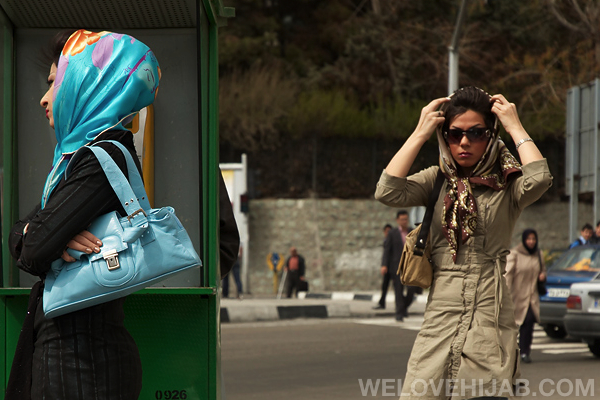 Why should I wear hijab?
Why should I wear hijab? This is a good question and there is a beautiful answer! Allaah has commanded us with every action that is good for us and prohibited us from performing every action that is bad for us. Allaah orders the Muslim woman to wear the hijaab when she steps out of the security of her home or when in the presence of strange men. So to wear the hijaab is a source of great good for you – the Muslim woman - for many reasons. Among them: You please Allaah. You are obeying the commands of your Lord when you wear the hijaab and you can expect great rewards in return.
It is Allaah's protection of your natural beauty. You are too precious to be "on display" for each man to see.
It is Allaah's preservation of your chastity.Allaah purifies your heart and mind through the hijaab. Allaah beautifies your inner and outer countenance with hijaab. Outwardly your hijaab reflects innocence, purity, modesty, shyness, serenity, contentment and obedience to your Lord. Inwardly you cultivate the same.
Allaah defines your femininity through the hijaab. You are a woman who respects her womanhood. Allaah wants you to be respected by others, and for you to respect yourself.
Allaah raises your dignity through the hijaab. When a strange man looks at you, he respects you because he sees that you respect yourself.
Allaah protects your honour 100% through your hijaab. Men do not gaze at you in a sensual way, they do not approach you in a sensual way, and neither do they speak to you in a sensual way. Rather, a man holds you in high esteem and that is just by one glance at you!
Allaah gives you nobility through the hijaab. You are noble, not degraded, because you are covered and not naked.
Allaah demonstrates your equality as a Muslim woman through the hijaab. Your Lord bestows upon you equal worth as your male counterpart, and gives you a host of beautiful rights and liberties. You express your acceptance of these unique rights by putting on the hijaab.
Allaah defines your role as a Muslim woman through the hijaab. You are a someone with important duties. You are a reflection of a woman of action not idle pursuits. You display your sense of direction and purpose through your hijaab. You are someone that people take seriously.
Allaah expresses your independence through the hijaab. You are stating clearly that you are an obedient servant of the Greatest Master. You will obey no one else and follow no other way. You are not a slave to any man, nor a slave to any nation. You are free and independent from all man-made systems.
Allaah gives you the freedom of movement and expression through the hijaab. You are able to move about and communicate without fear of harassment. Your hijaab gives you a unique confidence.
Allaah wants others to treat you – a Muslim woman - with kindness. And the hijaab brings about the best treatment of men towards you.
Allaah wants your beauty to be preserved and saved for just one man to enjoy: your husband.
Allaah helps you to enjoy a successful marriage through wearing hijaab. Because you reserve your beauty for one man alone, your husband's love for you increases, he cherishes you more, he respects you more and he honours you more. So your hijaab contributes to a successful and lasting marital relationship.
Allaah brings about peace and stability in the society through the hijaab! Yes this is true! Men do not cause corruption by forming illegal relationships because you - the Muslim woman - calm their passions. When a man looks at you, he feels at ease, not tempted to fornicate…
So a Muslim woman in hijaab is dignified, not dishonoured, noble, not degraded, liberated, not subjugated, purified, not sullied, independent, not a slave, protected, not exposed, respected, not laughed at, confident, not insecure, obedient, not a sinner, a guarded pearl, not a prostitute…
Dear Muslim sister! Come towards the gates of Paradise with us! Fulfill your duties towards Allaah, put on your adornment - put on your hijaab, and race towards Jannah (Paradise) by doing all good actions. You should agree by now that wearing hijaab is extremely beneficial – it must be - because Allaah only commands what is good……and believe me, dear sister, it is good to obey the commands of your Lord…
"Their reward is with their Lord: Gardens of Eden underneath which rivers flow wherein they will dwell for ever; Allaah is pleased with them, and they are pleased with Him; this is (in store) for whoever fears his Lord." [Sooratul-Bayyinah 98:8]































